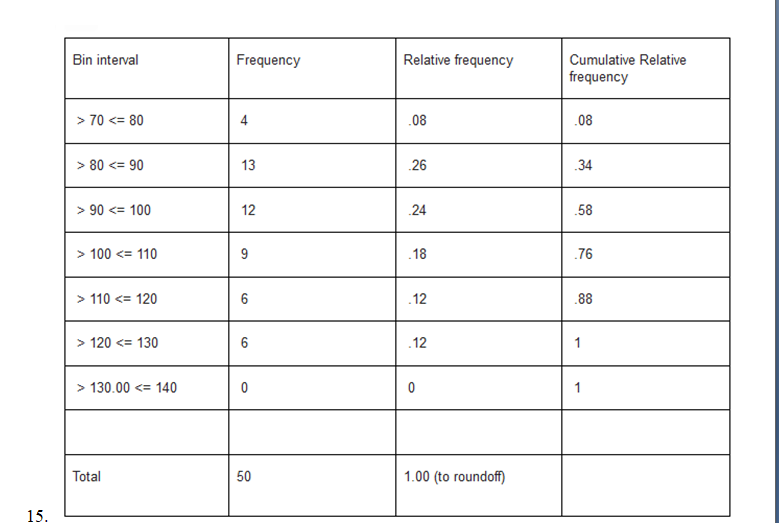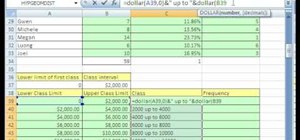


We will see later that cumulative relative frequencies - especially those near 0 and 100% - can be of considerable importance. Thus the 59 homes priced at less than $200,000 represent 85.51% of the number of homes offered. The column labeled Cumulative Percent is the cumulative relative frequency distribution, which gives the proportion (percentage) of observed values less than the upper limit of that class interval. Thus, for example, 59 of the homes are priced at less than $200,000. The column labeled Cumulative Frequency in Table 1.6 is the cumulative frequency distribution, which gives the frequency of observed values less than or equal to the upper limit of that class interval. Handling ordinal, interval, and ratio scale measurements can be a little more complicated, but, as subsequent discussion will show, we can easily handle such data simply by correctly defining the classes. For example, the variable exter has three values, Brick, Frame, and Other. Nominally scaled variables naturally have these classes or categories. Because we count each observation only once, if we add up the number (called the frequency) of houses in all the classes, we get the total number of houses in the data set. Because we want to count each house only once, these categories (called classes) are constructed so they don't overlap. To provide more information, we will construct frequency distributions by grouping the data into categories and counting the number of observations that fall into each one. We might be able to conclude that most of the houses have brick exteriors, or that the selling price of houses ranges from $30,000 to $395,000, but a lot more information about this data set can be obtained through the use of some rather simple organizational tools. Very little information about the characteristics of recently sold houses can be acquired by casually looking through Table 1.2. Mohr, in Statistical Methods (Third Edition), 2010 1.4 Distributions


 0 kommentar(er)
0 kommentar(er)
